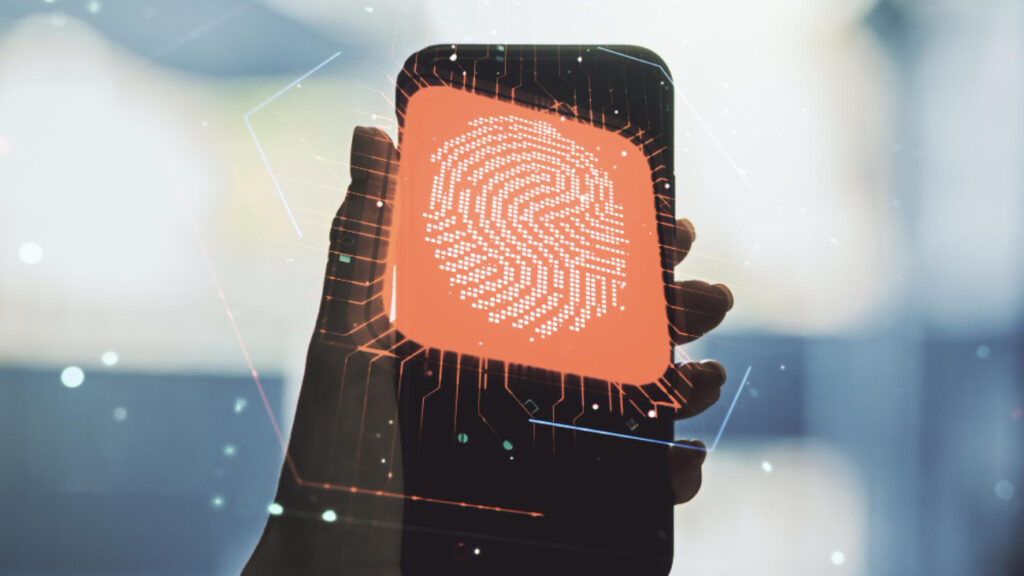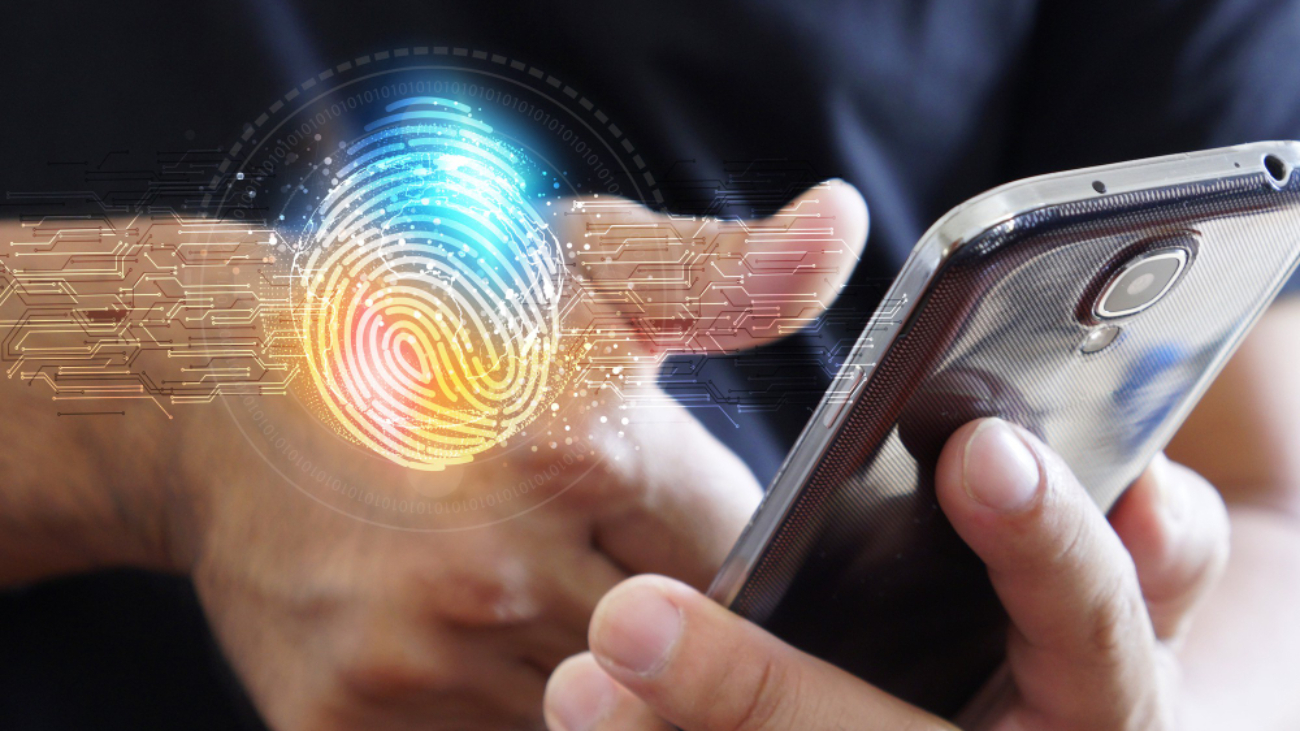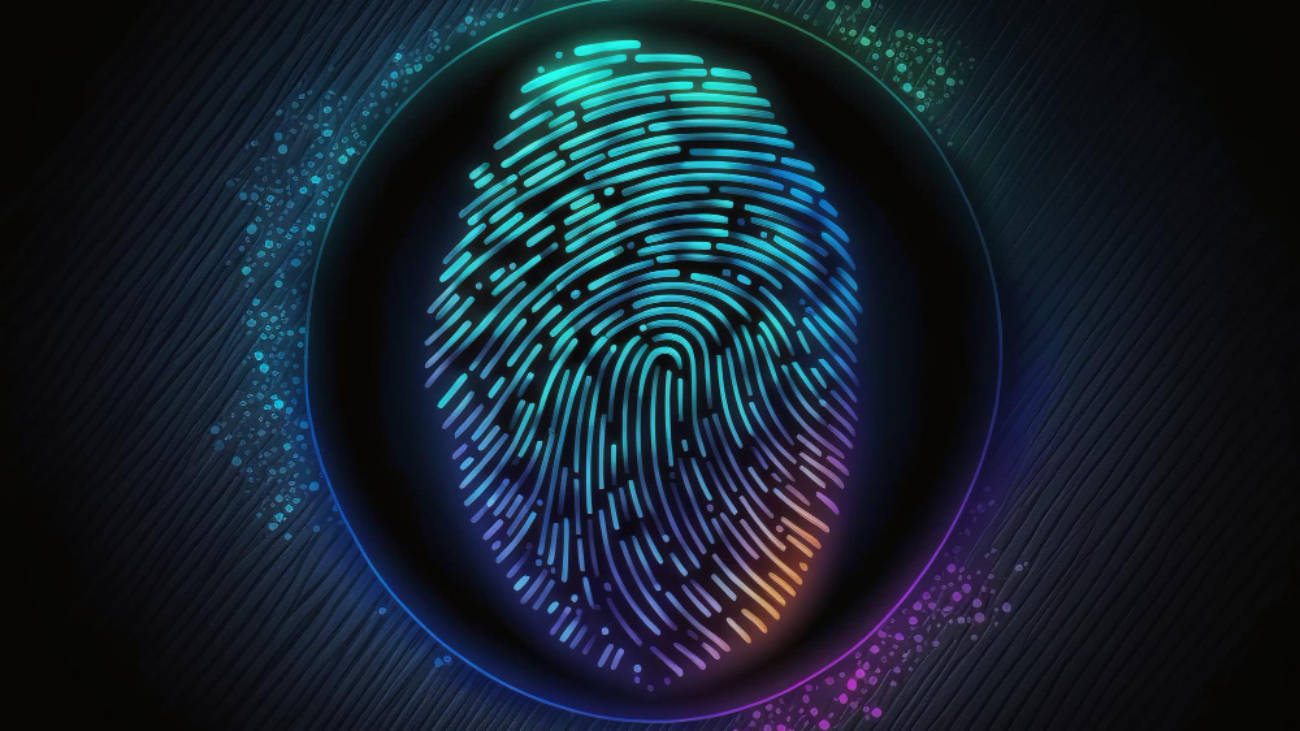Biometric technologies have usually been synonymous with the fingerprint observed Bahaa Abdul Hadi. Today, however, as the world becomes more interconnected and security concerns grow, biometric authentication has gone beyond its traditional methods. Multimodal biometrics use of two or more subsystems working together is changing the map for security on Earth. It offers stronger, more accurate and versatile solutions than single-mode systems ever did.
The Rise of Fingerprint Biometrics
For many years, fingerprints were the gold standard in biometric identification. Easy to collect and unique for every person, non-invasive fingerprint recognition became widespread by both public utilities and private companies. Although highly effective, it is also fallible. Those fingerprints can be spoofed compromising a device on which they have been stored. Alternatively, even damaged, they may result in authentication errors.
The Limitation of Single-Modality Biometrics
Depending on a single biometric feature has its problems. Take, for instance, fingerprints. They can be affected by such things as skin conditions, dirt or moisture. Systems for facial recognition can be fooled by lighting conditions or perspective. And although iris recognition is highly accurate it can feel intrusive for some people too.
As demand for both secure and convenient authentication systems grew, these limits of single-modal biometrics became evident. How to make biometrics more reliable and multi-faceted at the same time? This question gave rise to multimodal biometrics.
What Are Multimodal Biometrics?
Multimodal biometrics involves using more than one biometric trait to identify an individual. By combining different modalities – such as fingerprints and facial recognition, voice recognition and iris scanning, the system draws upon the strengths of each in order to obtain an accurate and reliable identity for its user.
Multimodal biometrics offers several important advantages:
- Greater Security: A number of factors are used to make it hard for someone to bypass the system or get past it under false pretenses.
- Flexibility and Convenience: Users can satisfy different support factors according for the situation, e.g., face recognition when they’re wearing gloves or fingerprint scanning as quick entry.
The Working Principle of Multimodal Biometrics
Multimodal biometric systems usually work in the following way: a range of different biometric inputs is taken from an individual. These are then processed and, using advanced algorithms, are combined into one profile of composite identities. This is compared with stored templates to find out who the person really is.
In another situation, a person may provide a fingerprint scan to establish entry and then speak a voice command for further authentication.
In a high security environment, both face recognition and iris scan are used to ensure that the person is indeed who they say they are.
Real-World Applications of Multimodal Biometrics
The need for secure access systems has prompted multimodal biometrics to be combined with other technologies in such fields as:
- Mobile Devices: Smartphones now support facial recognition, fingerprint scanning, and iris scanning as typical means of opening a lock.
- Banking and Finance: Multimodal biometrics are increasingly used for secure banking transactions and ATM withdrawals, adding another layer of protection for the client and for institutions.
- Healthcare: To protect patient data, hospitals are using multimodal systems which help prevent unauthorized persons from seeing sensitive information.
- Government and Law Enforcement: Countries use multimodal biometrics for passport control, border security, and crime prevention.
After all, tomorrow’s AI and machine learning, these technologies have been increasing the ability and capacity of multimodal biometric systems greatly. Biometric authentication, speed, adaptability and accuracy of these technologies will no doubt enable methods for even more secure convenient ways of verifying identity.
Conclusion
The trend of biometrics advancement indicates that more robust, efficient and user-friendly security measures are needed. In order to offer a more secure and flexible solution across the board, multimodal systems can combine different biometric traits.
As technology progresses, no doubt someday multimodal biometrics will be the new standard for identity verification as well as security. Still, this is probably not very far away at all. Thank you for your interest in Bahaa Abdul Hadi blogs. For more information, please visit www.bahaaabdulhadi.com.







